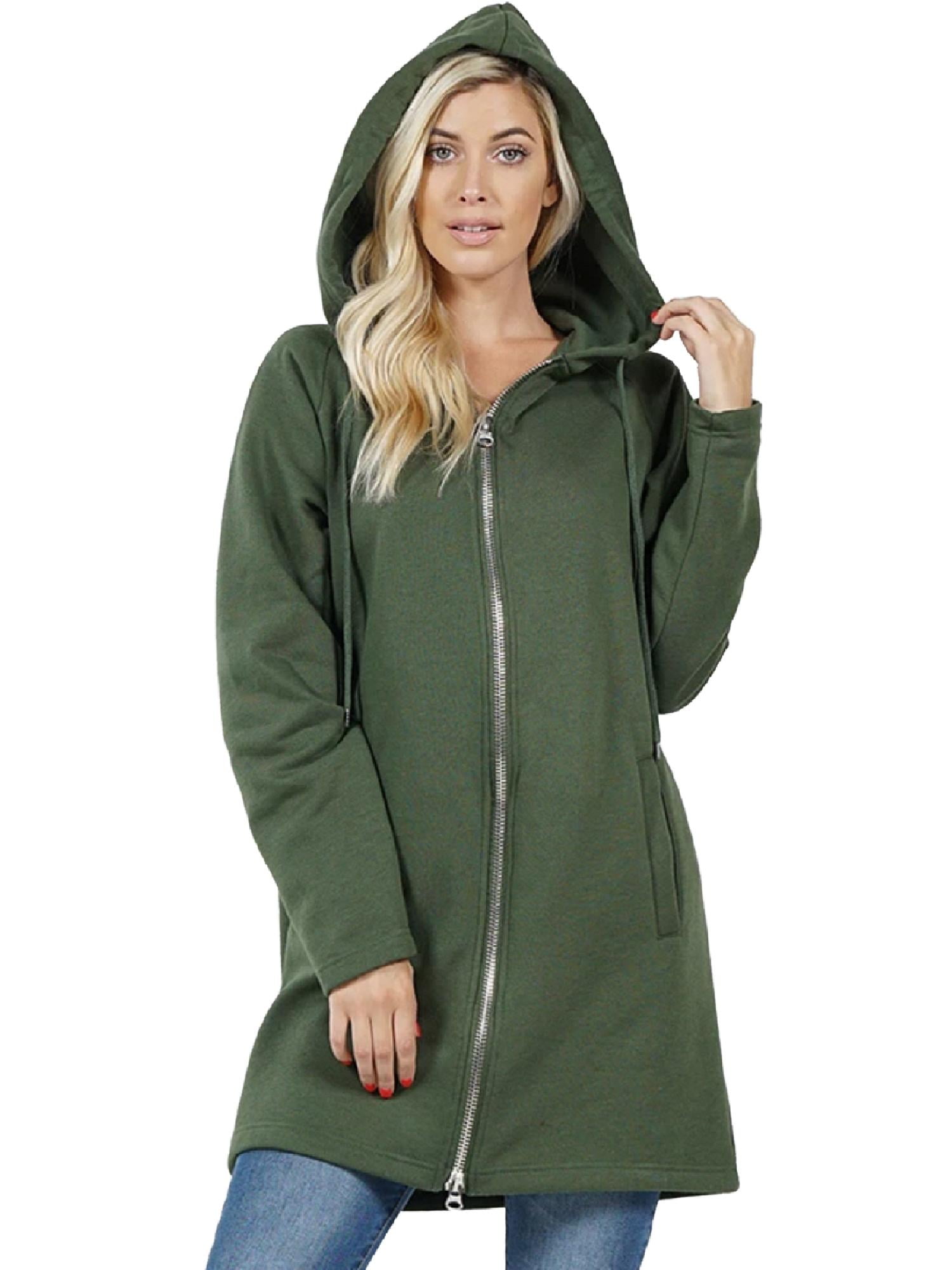Sweatshirts are long-sleeved garments made of thick cotton cloth. They are typically used for casual wear, and are not as dressy as sweaters or cardigans. They might not come with the or hood. If you're interested in purchasing a sweatshirt, here are some suggestions:
The Norma Kamali brand spread the appeal of sweatshirts
Since the end of the 70s, Norma Kamali has been transforming the simple sweatshirt into an art form. Her designs have become an essential part of all women's wardrobes. Her distinct designs range from a tummy-tucking crew neckline to leather-paneled sweatshirt s. She has also created clothing with unusual designs, like an oversized tank top that has an oversized trumpet skirt.
A partnership of the designers and the manufacturer of sweatshirts Everlast led to her Timeless collection, which became a huge hit when it was featured in the Spiegel spring 2006 catalog. The collection featured knits that were convertible and interchangeable with classic designs and many of the items were priced below $20. Even even if The Norma Kamali Timeless collection wasn't available in stores, buyers could still find these pieces for sale on eBay and Poshmark.
Merino wool sweatshirts are more comfortable than soft sweatshirts
Merino wool is renowned for its moisture-wicking properties which help to keep you comfortable and dry. Merino wool is an organic fibre that also offers a more comfortable feel. It is also quick to dry in comparison to other natural material. In addition, it is a renewable resource. Merino sheep shed their coats every year , and then grow new coats.
Merino's weight-to-heat ratio is high, and the warmth of wool is what makes it a popular choice for sweatshirts. It aids in controlling the body's temperature because of its loft which naturally retains heat between the fibers. This is the reason Merino wool sweaters are perfect for outdoor and summer activities like mountain biking, and running. The warmth it offers helps keep the wearer well-hydrated and cool, something that is important when working out.
Zip-front hoodies feature kangaroo pockets.
Kangaroo pocket hoodies are a popular style of hoodie. They feature a big pocket on the front, which keeps your hands warm on cold days. They are additionally more practical than conventional pockets as they allow your hands to slide into and out easily.
sweat shirts of Kangaroos are typically big enough to accommodate a wallet or some other small personal items. They are commonly large enough to accommodate a small hand or even large enough to accommodate two hands. They feature wide openings on both sides and can be used to carry small objects.
French terry fabric is a very popular material for sweatshirt s.
The French terry fabric is made of soft yarns knit into loops and is typically midweight. It is also known as a fabric that wicks away moisture and is pre-shrunk. French Terry is a fantastic choice for sweatshirts because it is warm when you're in need and keeps your cool when you want to cool down.
French Terry is also a popular choice for loungewear, since it has enough stretch and flexibleness to feel great on your skin. It also allows for enough air to circulate through the fabric, which makes it perfect for layering under other clothes. Additionally, since it's lighter than other sweatshirts that you can wear all year round without feeling hot or cold.
Hoodies have classist connotations

Although it might appear that hoodies are just an appropriate clothing item for people of the working class however, in reality they are a symbol of class. The hooded garment was popular in the late 1970s , in New York, where graffiti artists would wear them to conceal their identities. In 1976 Hoodies made their main film debut in "Rocky," when the working-class main character was seen wearing gray sweats that were hooded during his memorable climb to the top of the steps of the Philadelphia Museum of Art.
Hoodies are usually linked to death, destruction and other negative things, but they can also be used for practical reasons. For example, monks and priests may wear hoods to show the proper manner of dress and to focus on their inner self.
